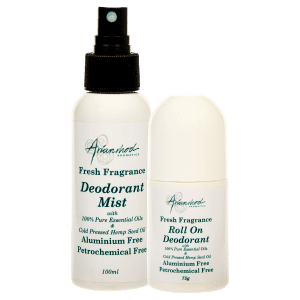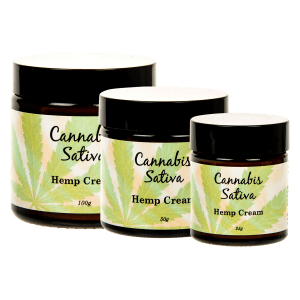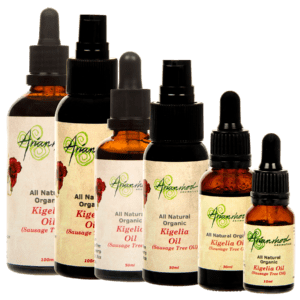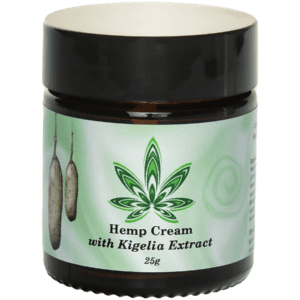Myrrh (commifora myrrha)
Myrrh from Aramaic, is a natural gum or resin extracted from a number of small, thorny tree species of the genus Commiphora. Myrrh resin has been used throughout history as a perfume, incense, and medicine. Myrrh mixed with wine can also be ingested.
When a tree’s wound penetrates through the bark and into the sapwood, the tree bleeds a resin. Myrrh gum, like frankincense, is such a resin. When people harvest myrrh, they wound the trees repeatedly to bleed them of the gum. Myrrh gum is waxy and coagulates quickly. After the harvest, the gum becomes hard and glossy. The gum is yellowish and may be either clear or opaque. It darkens deeply as it ages, and white streaks emerge.
Myrrh gum is commonly harvested from the species Commiphora myrrha. Another commonly used name, Commiphora molmol, is now considered a synonym of Commiphora myrrha.
Commiphora myrrha is native to Somalia, Oman, Yemen, Eritrea, (Somali Region) of Ethiopia and parts of Saudi Arabia. Meetiga, the trade name of Arabian Myrrh, is more brittle and gummy than the Somali variety and does not have the latter’s white markings.
The oleo gum resins of a number of other Commiphora species are also used as perfumes, medicines (such as aromatic wound dressings), and incense ingredients. These myrrh-like resins are known as opopanax, balsam, bdellium, guggul bisabol, and Indian myrrh.
Fragrant “myrrh beads” are made from the crushed seeds of Detarium microcarpum, an unrelated West African tree. Married women in Mali traditionally wear the beads as multiple strands around the hips.
The name “myrrh” is also applied to the potherb Myrrhis odorata, otherwise known as “cicely” or “sweet cicely”.
Modern myrrh is said to come from a different source to that held in high regard by the ancients, considered to be superior in some way. Pedanius Dioscorides described the myrrh of the first century AD as most likely to refer to a “species of mimosa”, describing it “like the Egyptian thorn”. He describes its appearance and leaf structure as “pinnate-winged”. The ancient type of myrrh conjectured was noted for possessing a far more delightful odour than the modern.
Because of its mention in the New Testament, myrrh is an incense offered during some Christian liturgical celebrations (see Thurible). Liquid myrrh is sometimes added to egg tempera in the making of icons. Myrrh is mixed with frankincense and sometimes more scents and is used in almost every service of the Eastern Orthodox, Oriental Orthodox, traditional Roman Catholic, and Anglican/Episcopal churches.
Myrrh is also used to prepare the sacramental chrism used by many churches of both Eastern and Western rites. In the Middle East, the Eastern Orthodox Church traditionally uses oil scented with myrrh (and other fragrances) to perform the sacrament of chrismation, which is commonly referred to as “receiving the Chrism”.
The two primary active compounds found in myrrh, terpenoids and sesquiterpenes, both have anti-inflammatory and antioxidant effects. Historically, myrrh was used to treat wounds and prevent infections. Myrrh can help maintain healthy skin and soothe chapped or cracked skin.
La crème de la crème for your face (or body): We’ve included myrrh in our top of the range moisturiser, Hemp Cream with Kigelia, to add to the intensely superior healing and rejuvenating qualities it offers your skin.
Showing the single result







